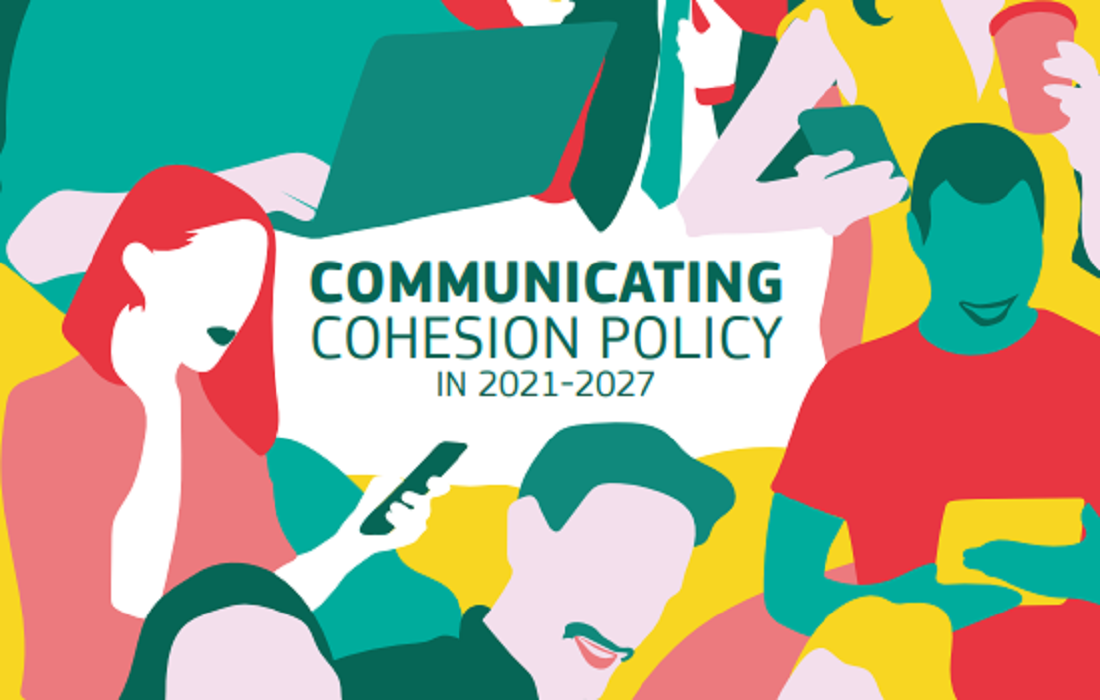


The Common Provisions Regulation (CPR), which sets out common rules for EU shared management funds, has been made simpler and more adaptable, allowing EU countries and regions to access and use funding faster when there are unexpected challenges.
For the 2021 to 2027 funding period the rules cover eight funds:
What's new?
A midterm review resulted in the CPR being made more adaptable to specific and unforeseen situations where EU countries and regions need access to funding faster.
EU countries will also have to meet what are called ‘enabling conditions', which establish a general and sectorial framework to ensure the effectiveness of EU funding. EU countries must meet these conditions during the whole programming period to make the most of the funds allocated.
One of the rules requires that EU countries have effective ways to ensure all CPR programmes are implemented in compliance with the EU Charter of Fundamental Rights. If this rule is not met by an EU country, then the related reimbursement claims will not be paid by the European Commission.
The CPR is also much simpler, with 75 changes to the rules. There will be only one rulebook for the eight shared management funds. These changes aim to make life easier for EU funds programme managers and to increase synergies between funding programmes. For example, programmes to develop of local integration strategies for migrants will benefit from coordination of Cohesion funds and the AMIF.
There will also be fewer checks for programmes with good record of accomplishment, with an increased reliance on national systems and the extension of the ‘single audit’ principles, to avoid the duplication of checks.
Stronger approach to communication
Communication is recognised as an integral part of the implementation of the funds in the new CPR. The communication provisions aim at strengthening the transparency, visibility and communication of the EU funding, whilst imposing less obligations.
Transparency is improved, as the managing authorities are required publish up-to-date timetables with key information about the upcoming calls for proposals, in addition to the lists of operations selected for support.
The consistency of communication actions across the funds is ensured at all levels. All CPR funds and the Recovery and Resilience Facility (RRF) have joined forces in the Europe-wide INFORM EU communication network. This is an integral part of national communication networks in all EU countries. These networks consist of programmes and civil society organisations. They will have the opportunity to communicate about achievements more effectively together.
The single most visible change for the public is the use of a single funding statement for projects that highlights the support is from the EU instead of listing all of the individual funds. Through the thousands of projects across the EU, and even beyond, people will now be able to recognise the variety of actions taking place locally that are funded by the EU.
The CPR also specifies monitoring and communication requirements for ‘Operations of strategic importance’. The provisions aim to ensure the visibility of the selected projects that are prominent examples of EU funding. These emblematic projects have the potential tell the story of programmes in the 2021-2027 programming period.
FIND OUT MORE